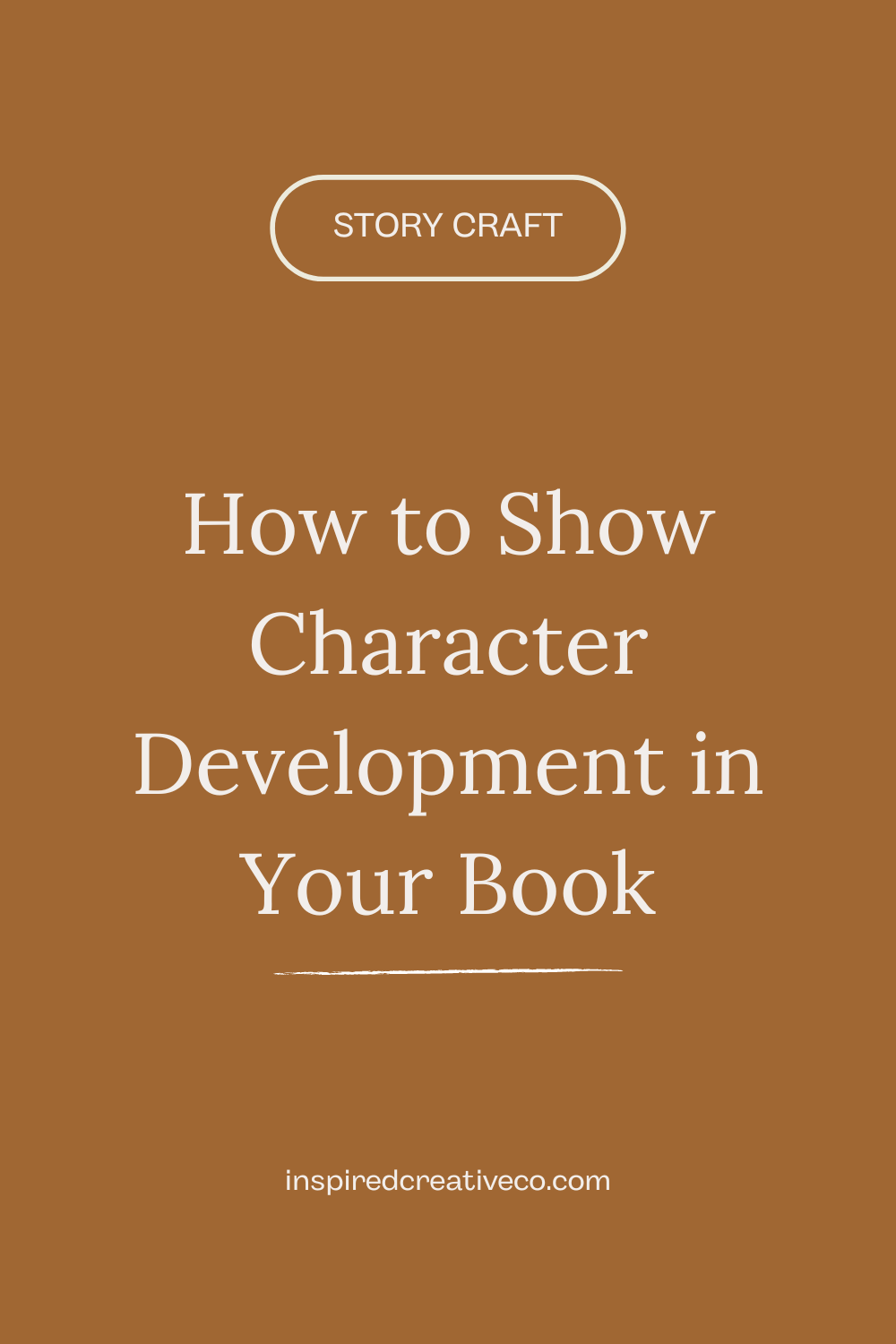How to Show Character Development in Your Book
Character development is paramount for any book. Whether plot-driven or character-driven, resolving character arcs should be one of the core elements of your book.
Characters are the backbone of our books and give the reader someone to invest in. Without investing in the character, it can be hard to commit to the story and feel compelled to read to the end.
So how do we develop our characters fully and satisfyingly for our readers?
Types of character arcs
Positive — meaning the character ends in a better place than where they started, either braver, better or more capable.
Examples: Neville Longbottom, Jon Stark, Luke Skywalker
Static — meaning the character remains unchanged by the events of the book. This is hard to pull off in some cases.
Examples: Sherlock Holmes, James Bond, Indiana Jones
Negative — meaning the character starts bad and continues to be bad, or starts good and ends in a bad place.
Examples: The Joker, Walter White, Saruman
Tragic — the character, often starting in a good place, usually dies at the end of their arc.
Examples: Ned Stark, Anakin Skywalker, Romeo
*For the purposes of this article, I’ll be using the positive character arc throughout.
Consider where the character will start and where they will end
Your character at the beginning of Act One:
Has an uncertain goal and motivation.
Has a false belief that holds them back from achieving their goal.
Has flaws and doubts that hinder their personal growth.
Lacks important knowledge to help them get what they want and need.
Your character at the end of Act Three:
Has a clear goal and motivation to drive them forward.
Has overcome their false belief to achieve their goal.
Has worked through their flaws and doubts to become a stronger, more capable person.
Has gained significant knowledge and skills to achieve what they want and need.
See how the character develops?
For a positive character arc, your character often starts in a place where they are lacking their full potential. As a result, they often feel dissatisfied with their life and eager to make change. Over the course of the book, they’ll be put to the test and forced to grow and adapt, ultimately allowing them to reach their full potential and attain what has always eluded them — for example: freedom, success, power, recognition.
Factors influencing character development
The development of our characters is largely influenced by the same factors, regardless of genre or audience. These can include:
Plot development and obstacles — for example, a major setback will force the character to improve their skills and acquire new knowledge so they can overcome future obstacles.
The lie the character believes — for example, your character may believe they’re not good enough to be a powerful magician and this holds them back from reaching their potential. Only when they see hints of their own power will they start to believe in themselves.
The character’s goal and motivation — for example, the character’s goal and motivation may change before the ending as they gain new insights and understand the true nature of what they’re hoping to achieve.
The actions of other characters who help or hinder them — other characters can train and assist your central characters to help them learn faster, or they may be hindered in their progress by an antagonist,
A positive character arc demands growth and change for the better. The extent to which they change will vary depending on how much change is required to achieve their goal and obtain what they want.
Ways your characters can develop positively
Overcoming a fear
Acquiring a significant skill to help them achieve their goal
Overcoming or accepting their flaws
Facing the lie and people/things holding them back
Making decisions for themselves
Standing up for themselves
Changing their perspective for the better
There are countless ways to show development and improvement. These are just a few ideas to get you started.
Looking to write well-rounded, three-dimensional characters in your books? Check out how my coaching can help you develop your storytelling and provide actionable steps for revisions.


